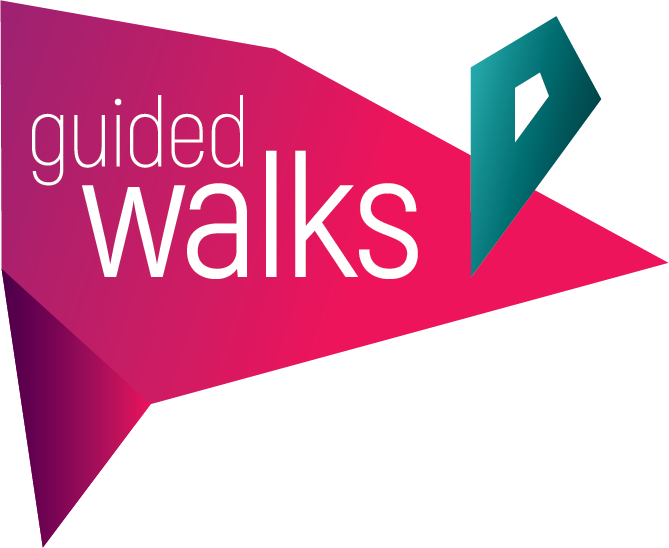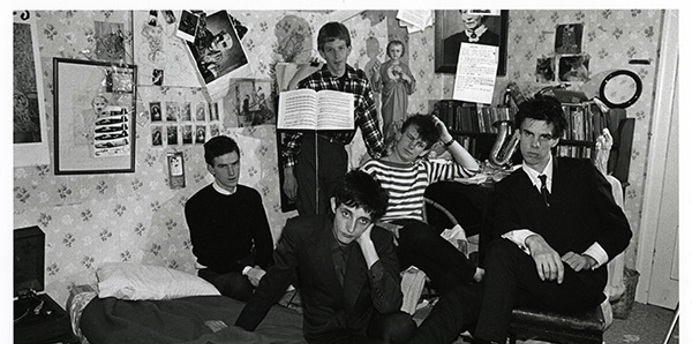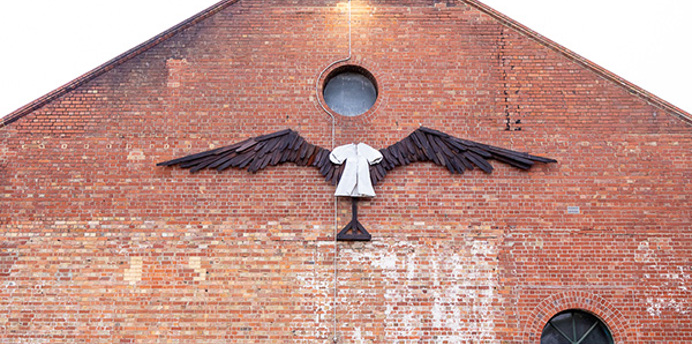Guided walks and things to do
Discover the heritage treasures and secret histories of Port Phillip with free online and in person guided walks. Art and heritage programs are also available online and in person including self-guided walks and exhibitions.
Guided walks in Port Phillip
This is a free program of monthly walks that explore the heritage treasures of the City of Port Phillip. Join our knowledgeable walks leaders as they share the cultural, architectural, art and social histories of the places that we call home and tell the amazing stories of the people who have lived here.
Select a guided walk to learn more and book your spot.




